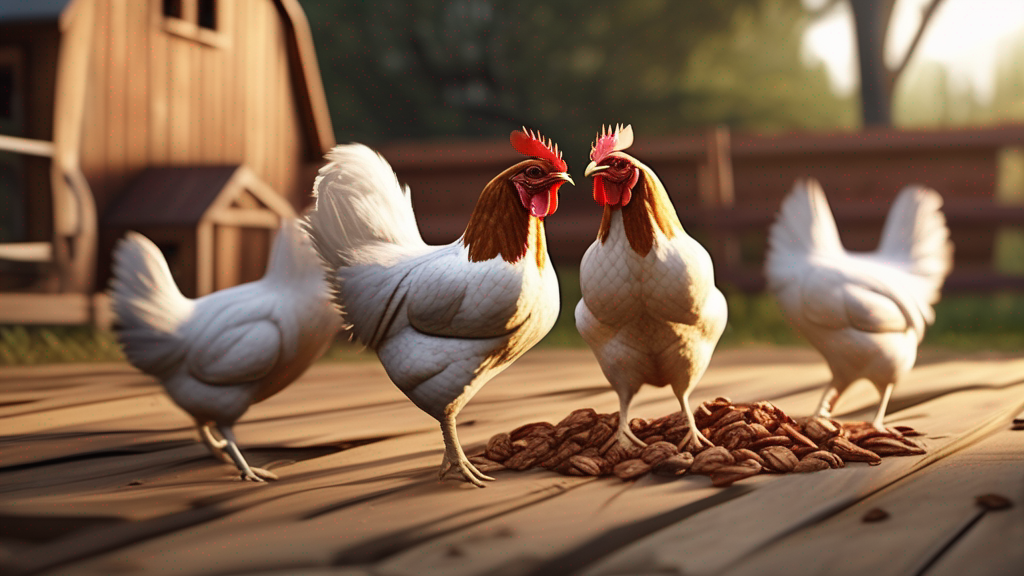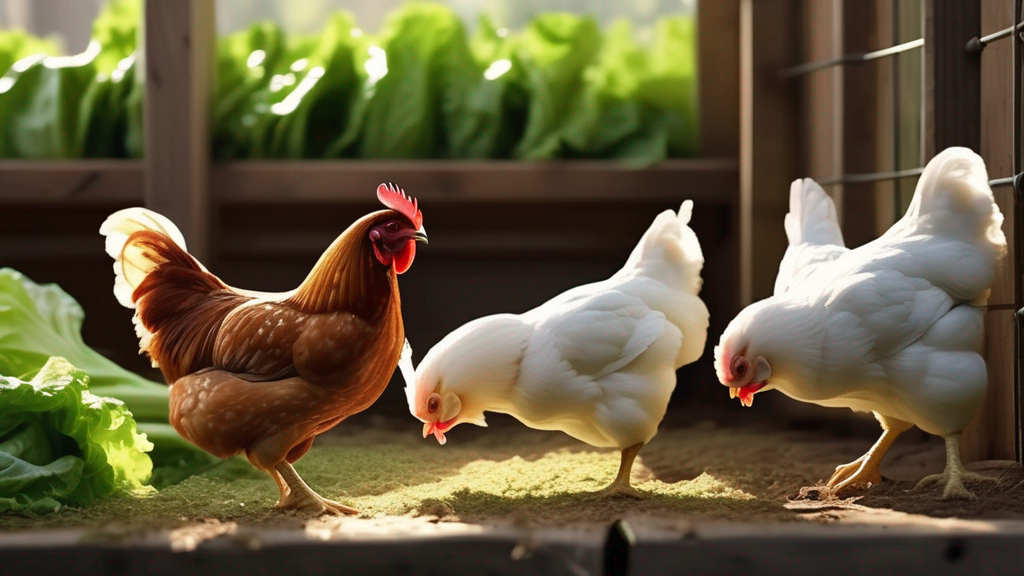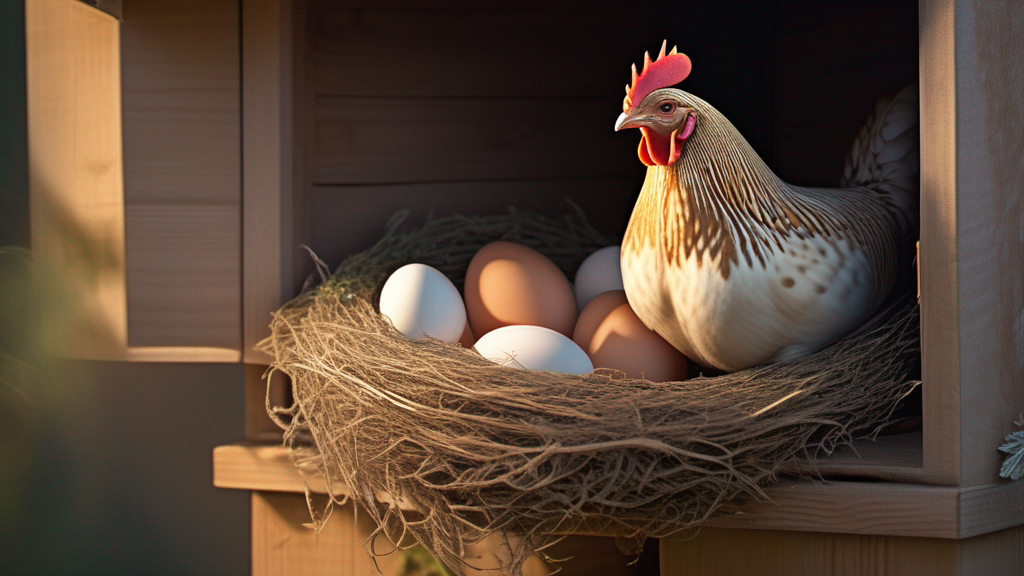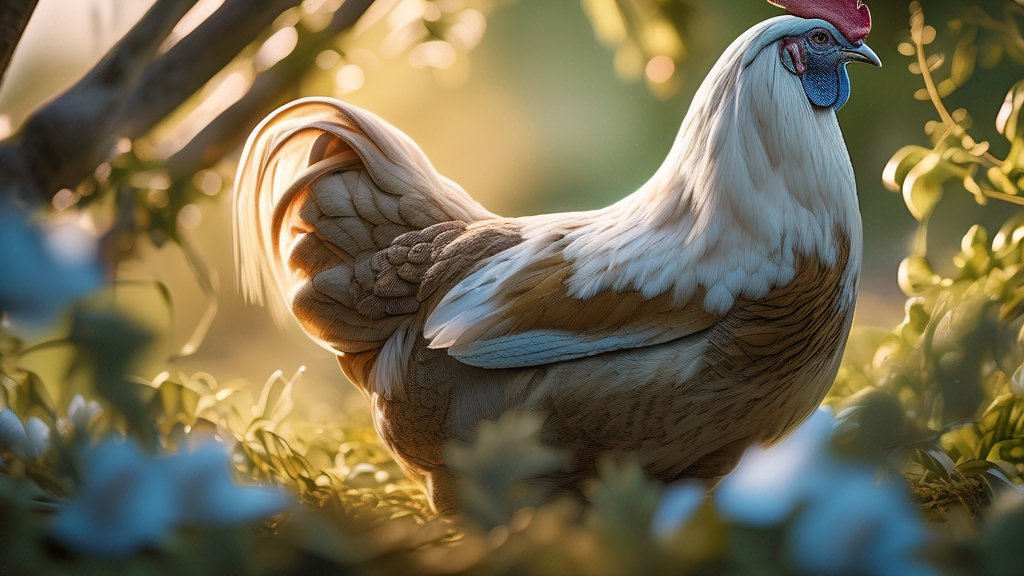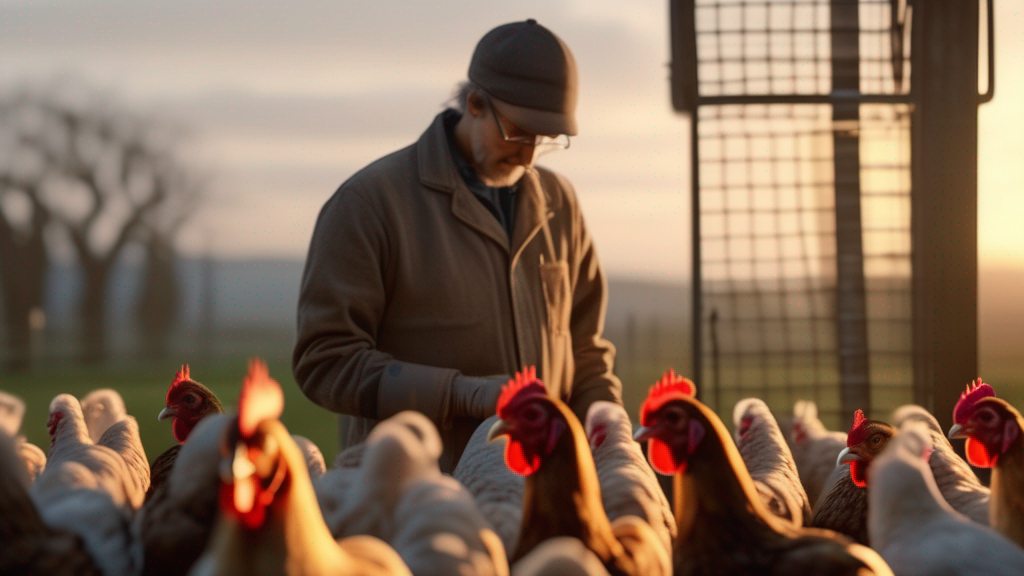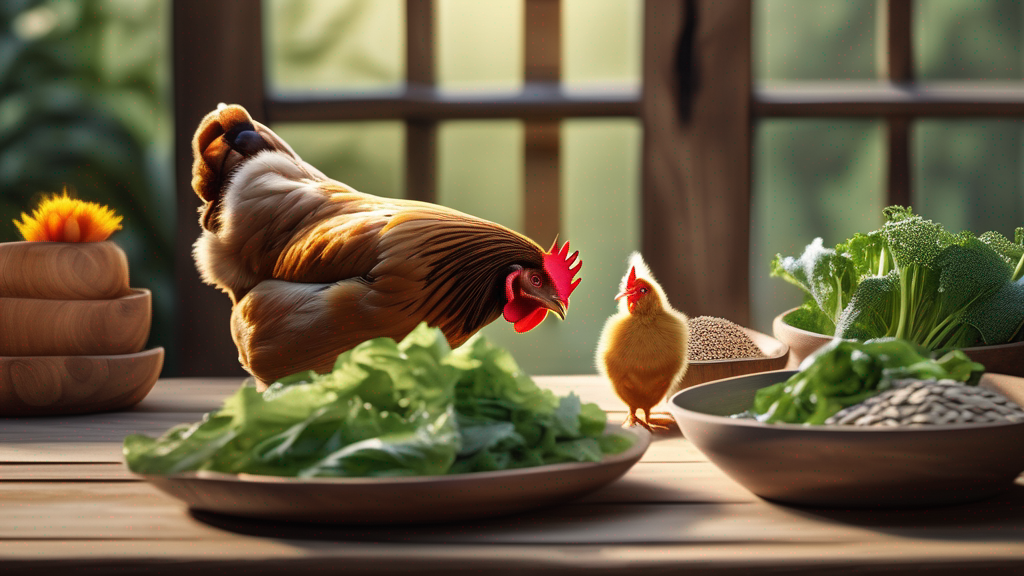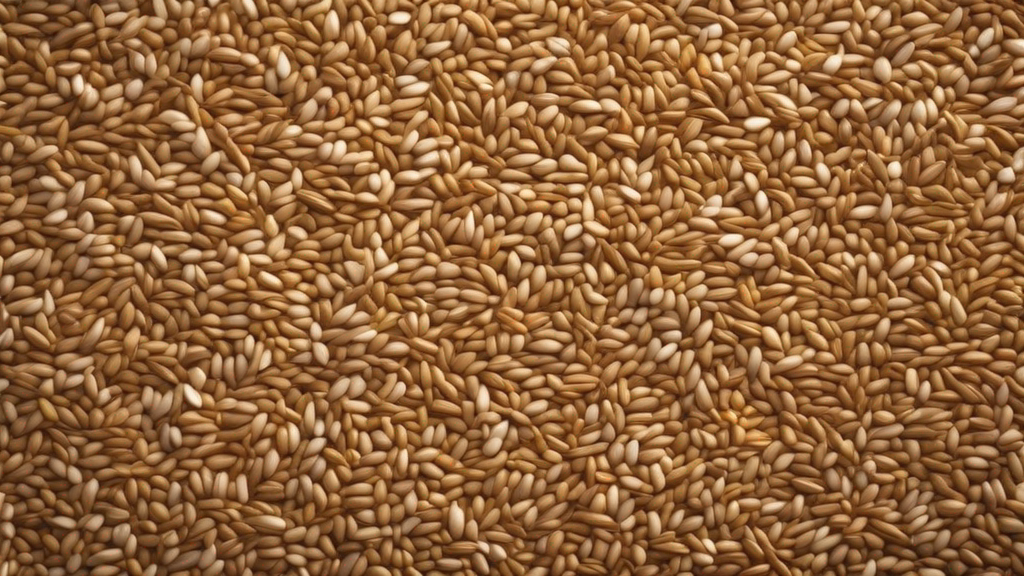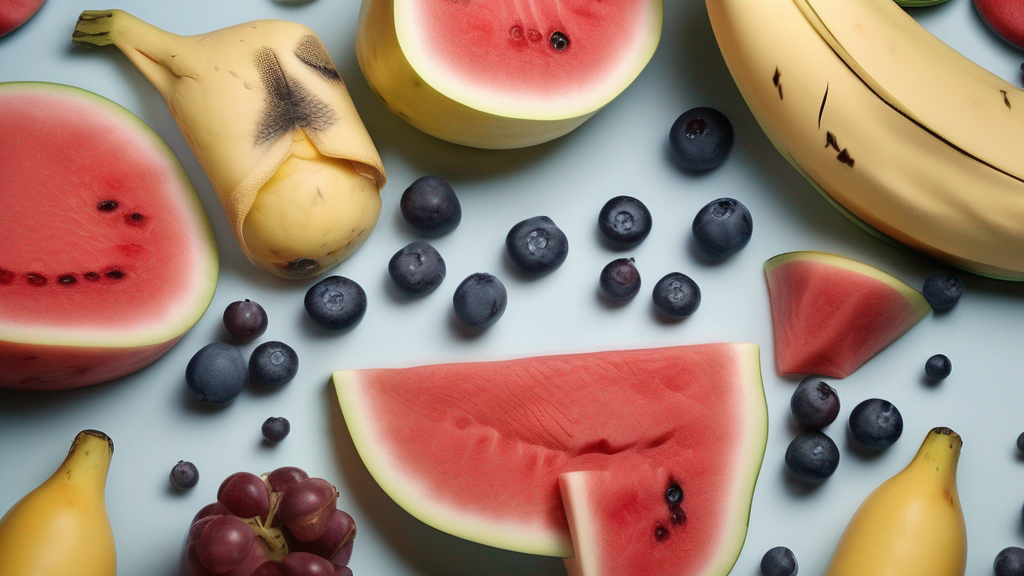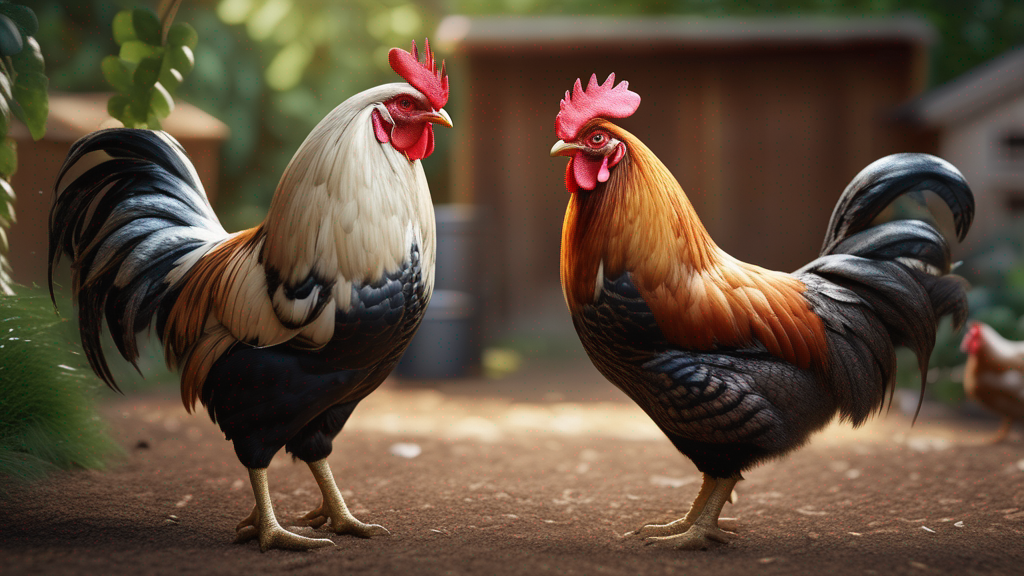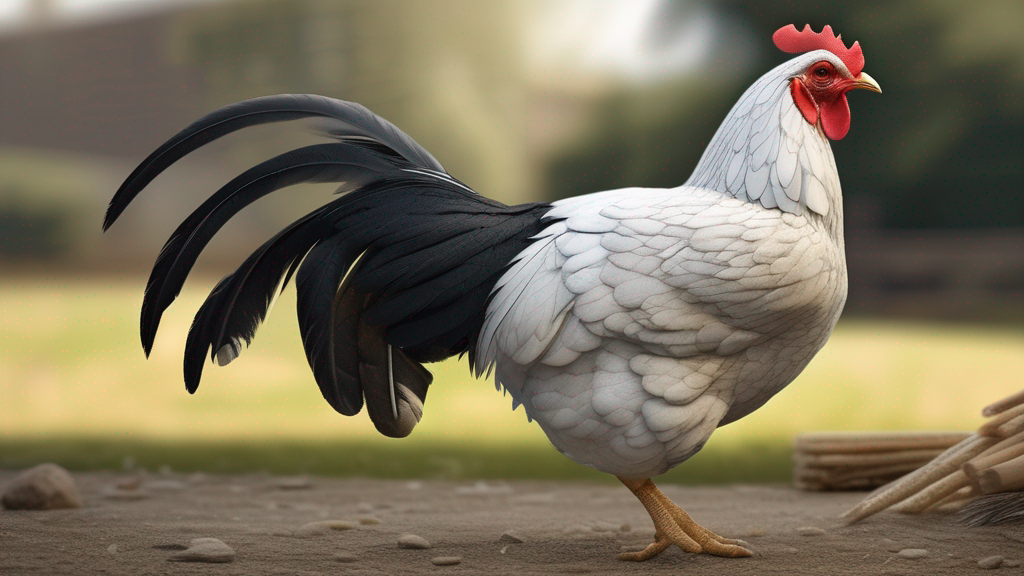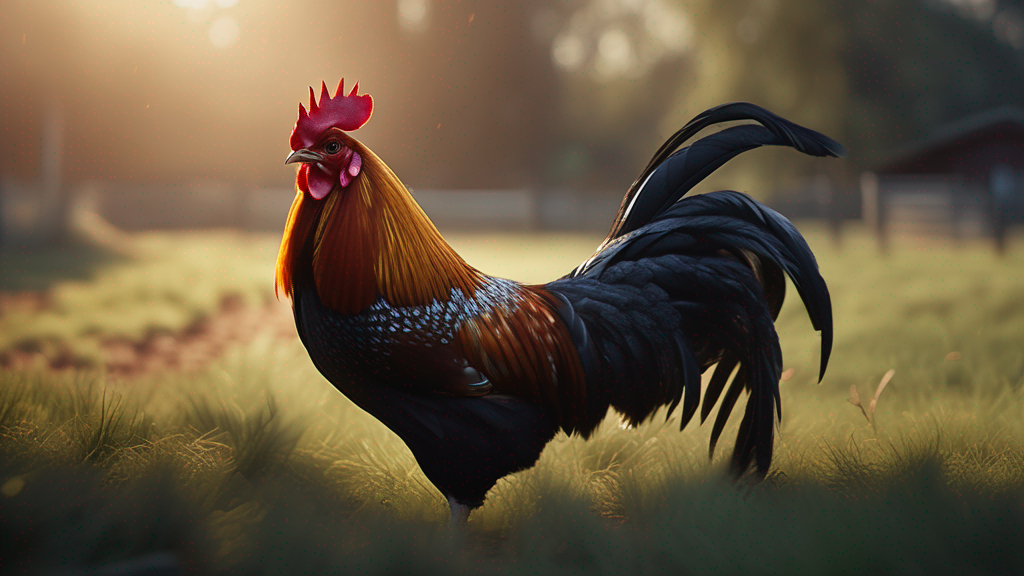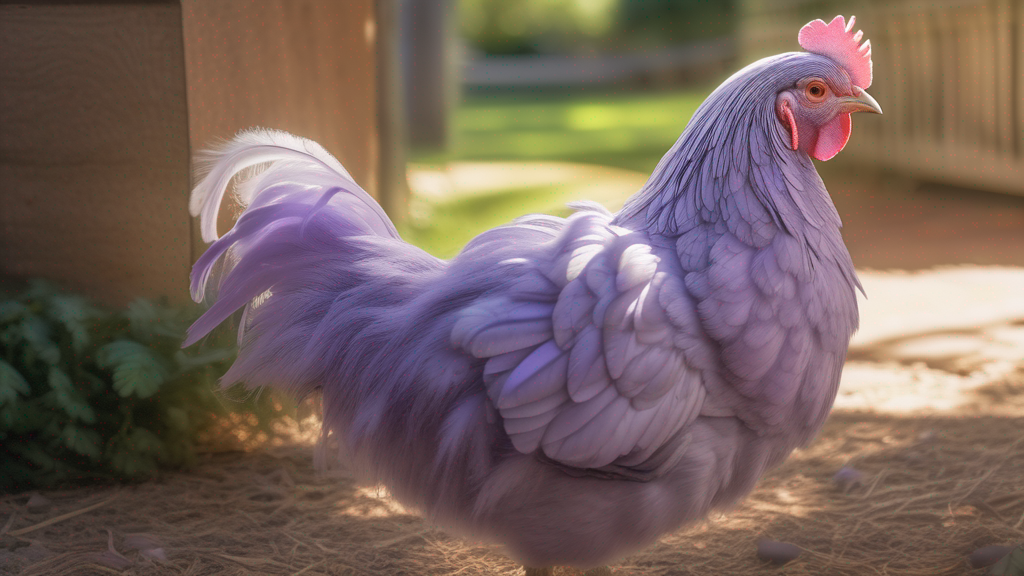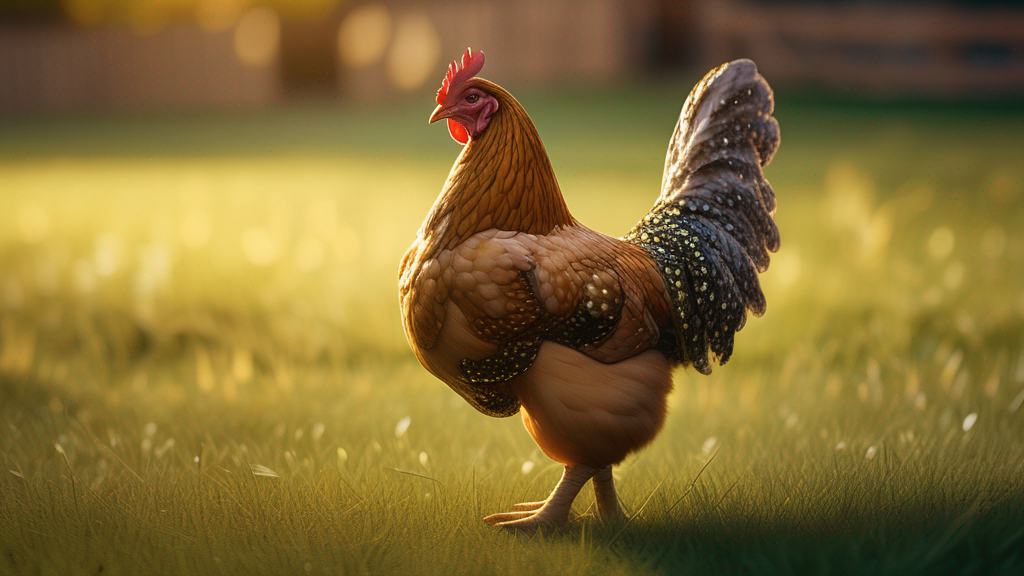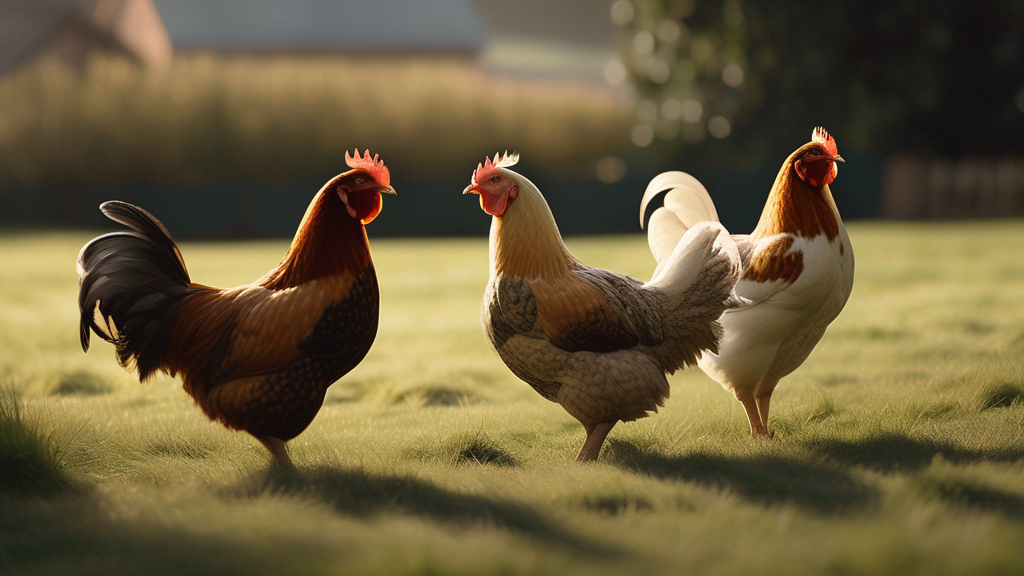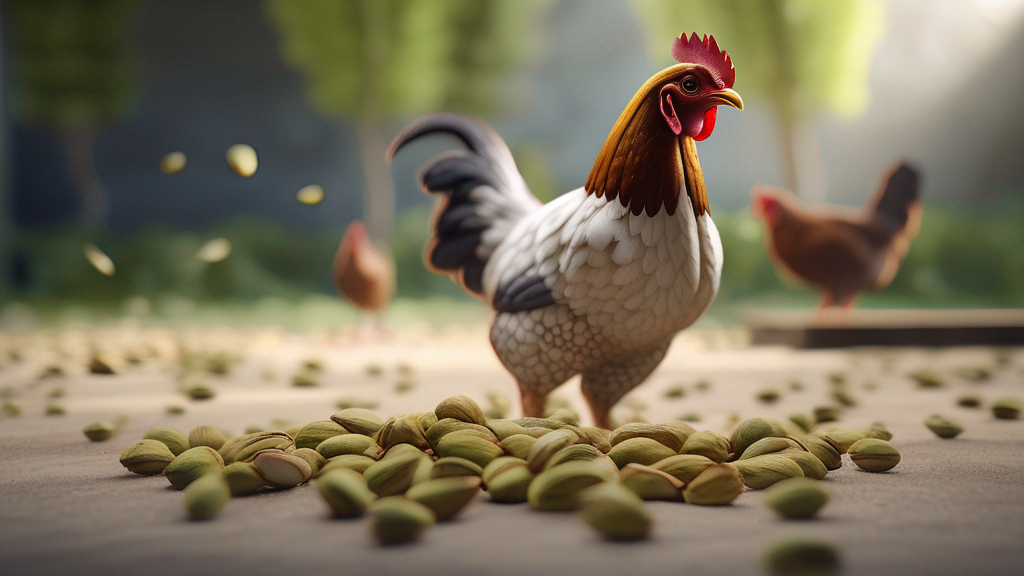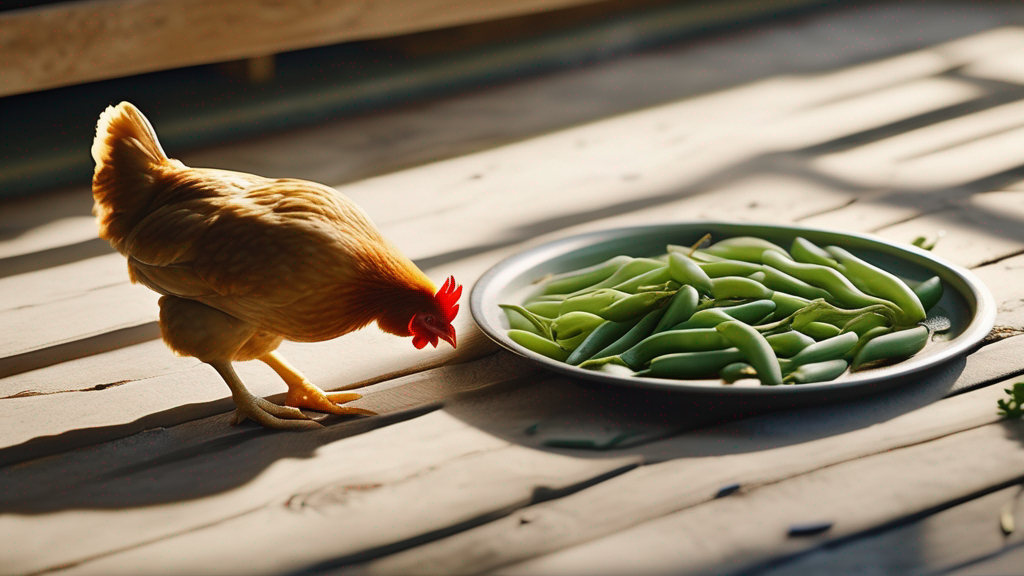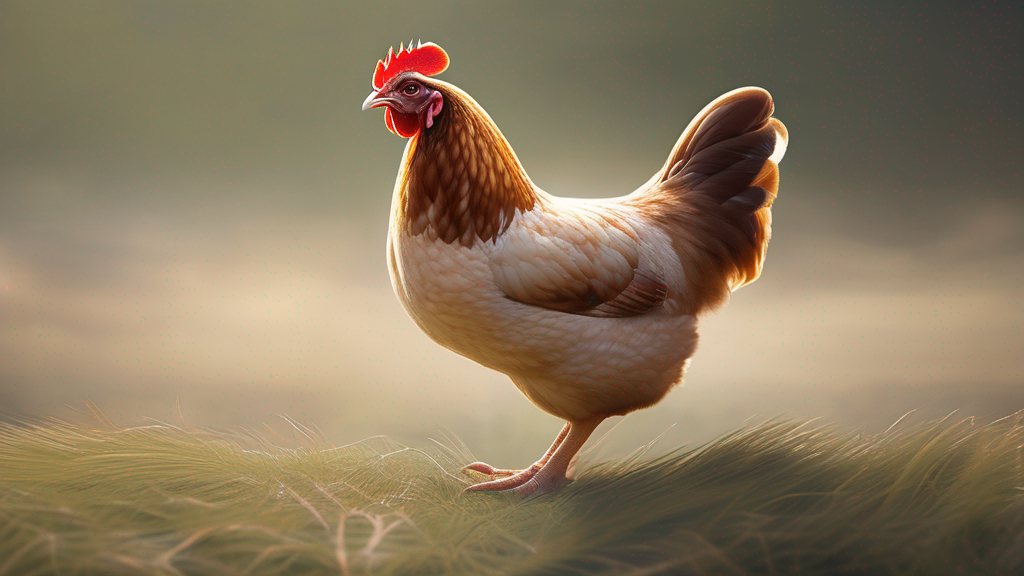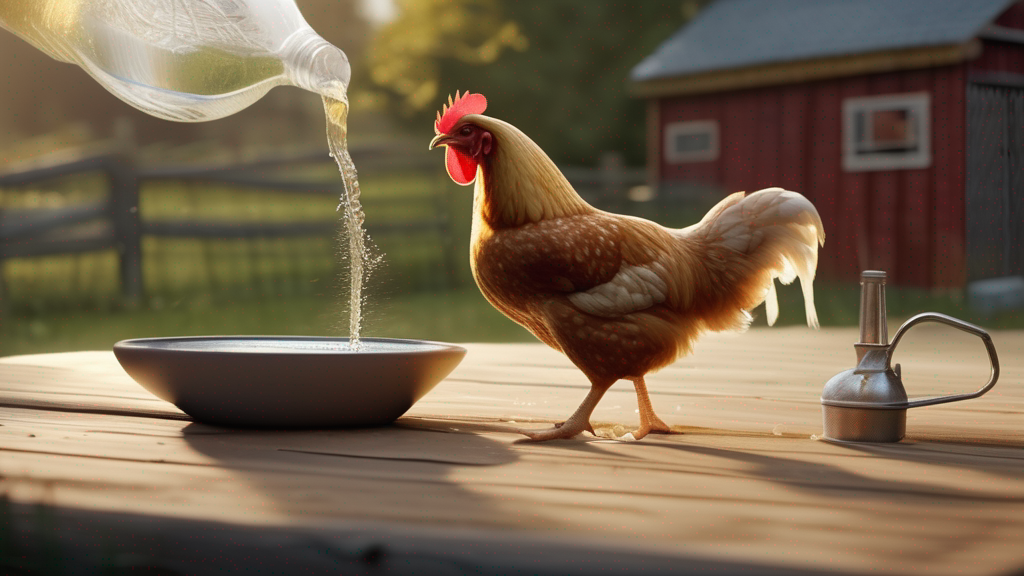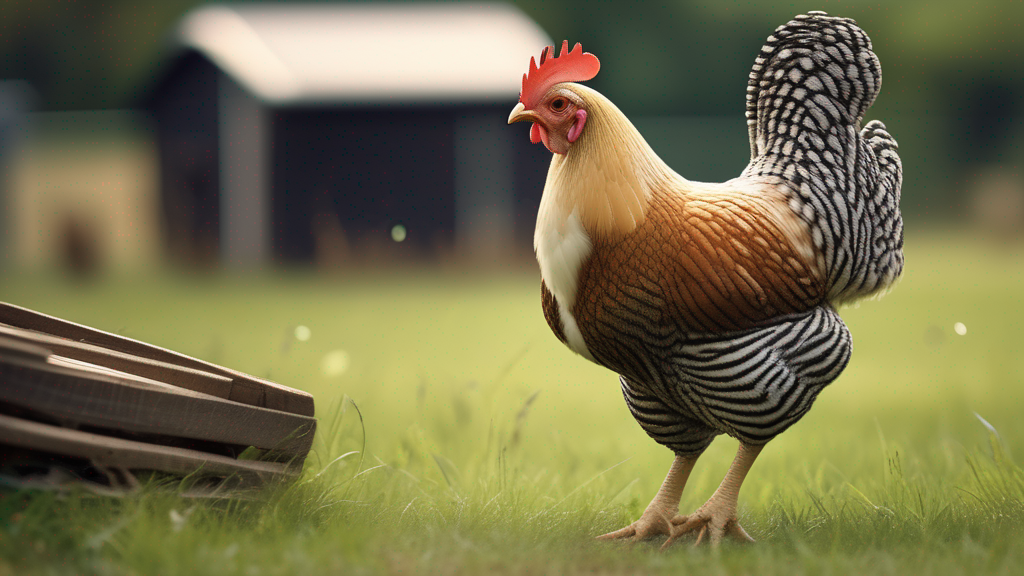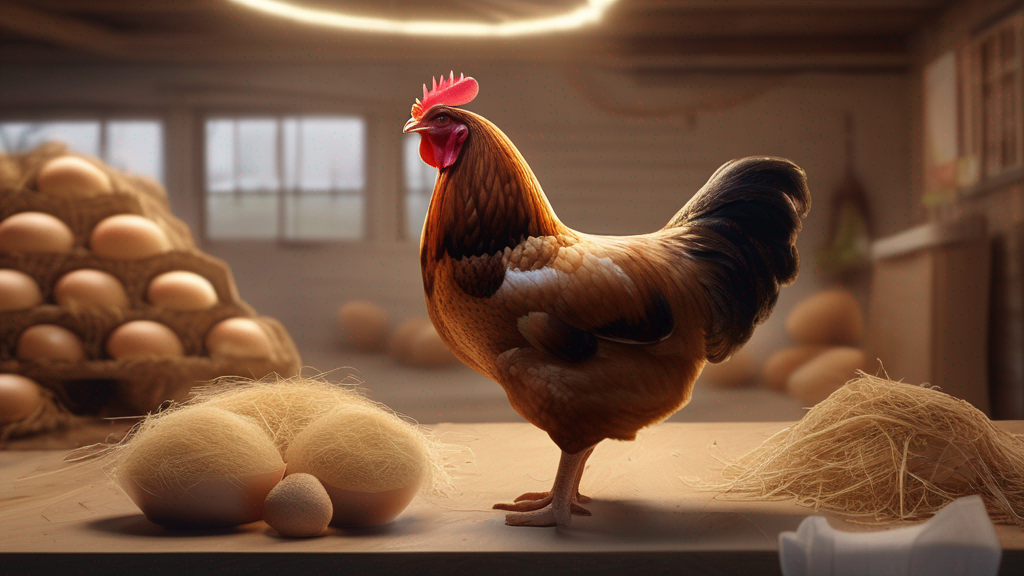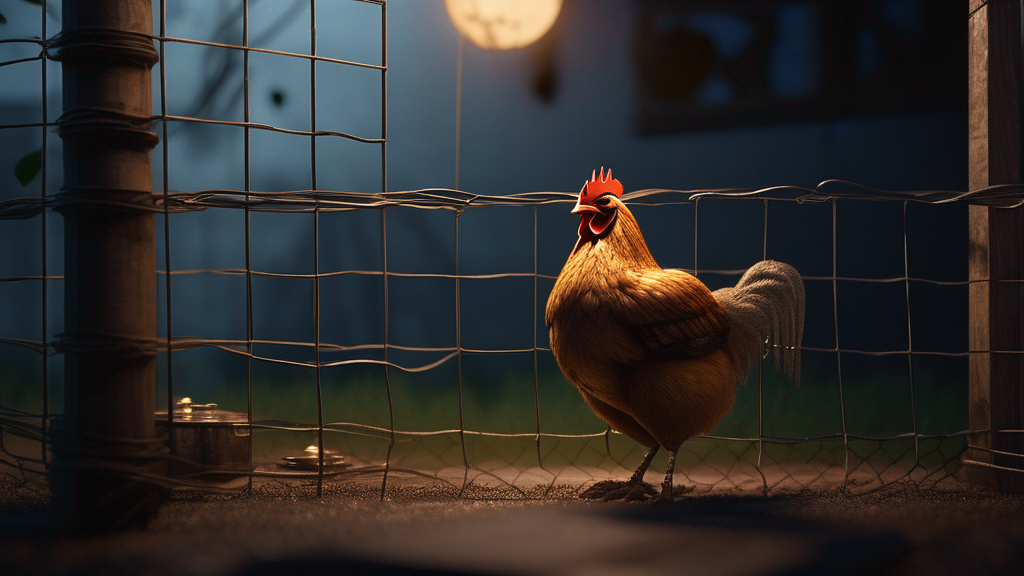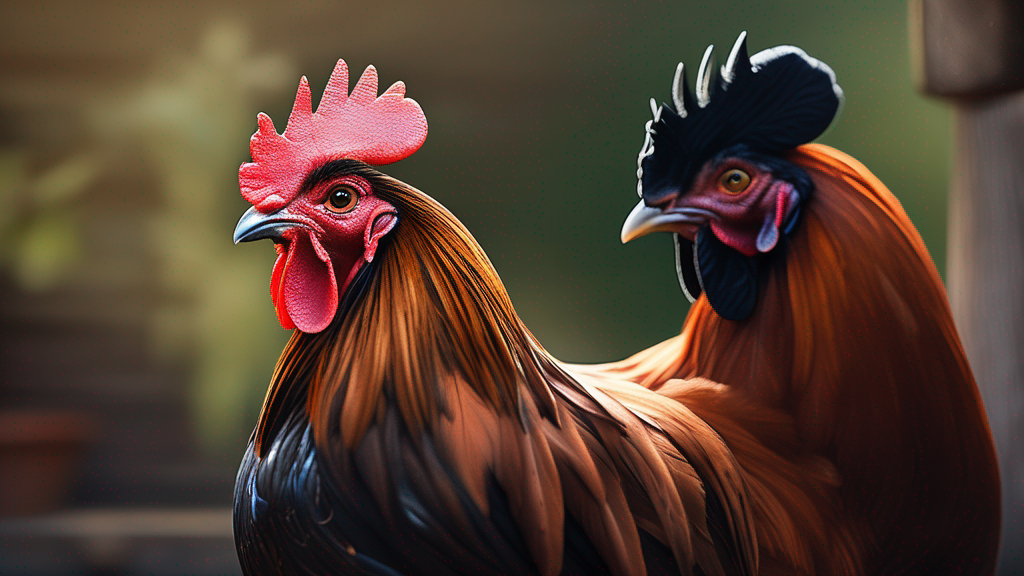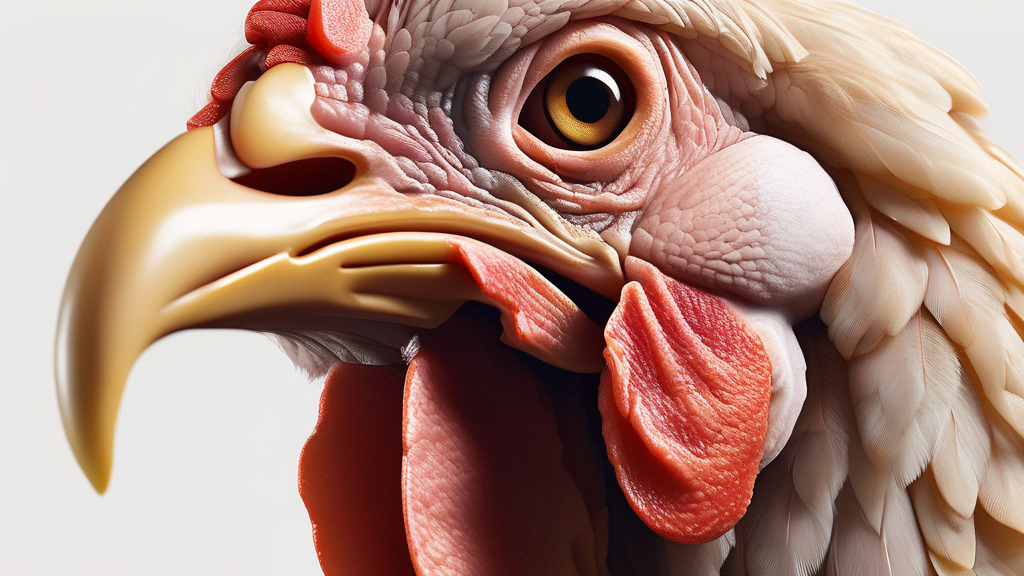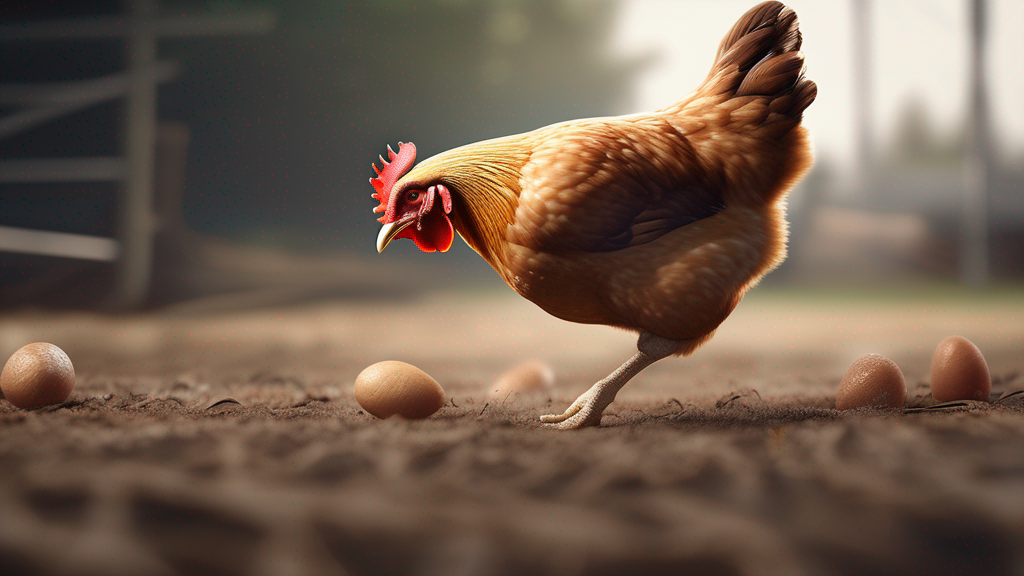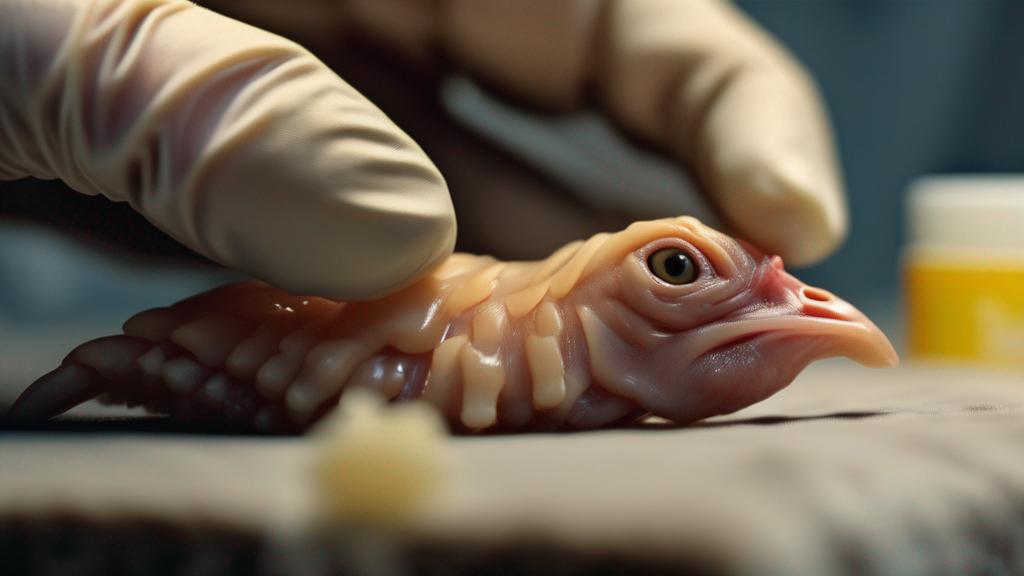Black Copper Marans are celebrated worldwide for their striking dark chocolate-brown eggs, attractive plumage, and dual-purpose qualities. Originating in France, this breed has a storied history and loyal following among backyard keepers and small-scale producers. In this in-depth guide, we explore the origins and development of Black Copper Marans, their physical characteristics, egg production metrics, temperament, housing and nutrition requirements, health considerations, breeding practices, and practical care tips. Whether you’re a beginner or an experienced poultry enthusiast, you’ll find actionable insights to help your Marans flourish and produce those coveted dark eggs.
1. Origins & Historical Background
The Marans breed traces its roots to the town of Marans in the Poitou-Charentes region of western France. Historically, local farmers crossed darker local landrace fowl with imported breeds—possibly Oriental types or other European birds—to develop birds that were hardy, well-suited to free-ranging, and laid richly colored eggs. By the 19th century, selective breeding in Marans produced birds known for their slate-colored legs, robust build, and famously dark brown eggs. French poultry fanciers formalized the breed standard in the early 20th century, and lines were exported to the United Kingdom and elsewhere, where breeders further refined traits such as plumage patterns and egg color consistency.
Over time, various color varieties emerged (Black, Cuckoo, Wheaten, Silver Cuckoo, etc.), but Black Copper Marans remain among the most popular. Their reputation for deep mahogany eggshells—sometimes described as chocolate, coffee, or even mahogany—has made them a prized addition to hobby flocks and specialty egg producers.
2. Physical Characteristics & Breed Standard
Black Copper Marans exhibit a combination of dark base plumage with rich copper hackles. Key features include:
- Plumage: Predominantly black body feathers with greenish sheen in male birds; hens display copper-colored neck hackles and sometimes breast lacing or subdued patterning depending on line. The contrast between dark body and bright copper neck is distinctive.
- Legs and Skin: Slate-gray to blackish slate legs are characteristic; darker leg color is often associated with richer egg color. Skin is pale to slightly tinted, but leg pigmentation is a hallmark.
- Comb and Wattles: Single comb with 5–6 distinct points, medium size; wattles and earlobes medium, bright red when healthy. Comb must be monitored in cold climates to prevent frostbite.
- Body Shape & Size: Medium to large, well-muscled. Hens typically weigh around 6–7 lbs (2.7–3.2 kg), roosters around 7–8 lbs (3.2–3.6 kg). Deep-bodied, broad breast, strong bones, reflecting dual-purpose heritage.
- Feather Quality: Feathers are tight-fitting but abundant, aiding cold tolerance. Neck hackles in cocks may be more pointed and copper-hued, while hens’ hackles are rounded and copper-colored.
- Posture and Carriage: Upright but not overly tall; free-ranging birds often hold stance alertly. Wings are medium length; tail in roosters is full with dark, slightly iridescent sickle feathers.
Because Marans exist in different lines, some variation occurs; however, breeders aiming for show or egg-quality lines emphasize leg color, egg darkness, clean healthy plumage, and correct body conformation.
3. Egg Production & Egg Characteristics
One of the foremost attractions of Black Copper Marans is their signature egg color. Understanding production metrics and factors influencing egg appearance helps keepers optimize results:
3.1 Egg Color and Quality
- Eggshell Color: Deep chocolate-brown, often with speckles or darker patches. The intensity can vary between individual birds and lines; some eggs approach nearly black-brown under ideal conditions.
- Factors Affecting Color: Genetics play the primary role; selection for darker eggs in breeding ensures consistency. Nutrition—adequate vitamins and minerals—and hen health (stress levels, age, molt) also influence shell pigmentation. Younger hens often lay darker eggs; color may lighten slightly with age or during peak production declines.
- Shell Strength: Generally strong when hens receive sufficient calcium. Dark pigment does not inherently weaken shell; however, balanced diet and free-choice oyster shell or crushed limestone are crucial to prevent thin-shelled or cracked eggs.
3.2 Egg Production Metrics
Black Copper Marans are moderate layers compared to high-production hybrids. Typical performance under good management:
| Parameter | Typical Range for Black Copper Marans |
|---|---|
| Annual Egg Count | 150–200 eggs per year (depending on line, environment, and management) |
| Onset of Lay | Approximately 18–22 weeks of age; younger in longer daylight seasons, possibly delayed in winter-hatched birds |
| Egg Size | Medium to large (approx. 55–65 g per egg on average) |
| Peak Production | First year of laying (highest intensity); production may dip during molt or shorter daylight periods |
| Longevity of Lay | Consistent layers for 2–3 years with gradual decline; eggshell color often fades as hens age |
While numbers are lower than specialized commercial layers, Marans compensate with premium egg color and dual-purpose value. Keepers often accept moderate production given the novelty and market value of their dark eggs.
4. Temperament & Behavior
Black Copper Marans typically exhibit a balanced temperament:
- Docile and Friendly: Generally calm, tolerant of handling, and integrate well into mixed flocks. Good choice for backyard flocks where interaction is frequent.
- Foraging Ability: Active foragers; enjoy free-ranging and scratch around for insects, contributing to feed savings and enrichment. Provide safe outdoor access if possible.
- Broodiness: Some hens may go broody, especially lines selected for exhibition or preservation of old bloodlines. Broodiness can be advantageous for hatching own chicks but may reduce egg output temporarily.
- Alertness: Marans are alert to predators and environmental changes; not overly flighty, but provide secure housing to keep stress low.
- Social Dynamics: Blend well in multi-breed flocks; hens rarely bully others. Roosters (if kept) may be protective but not excessively aggressive when well-socialized.
Individual variations occur; early socialization and gentle handling foster trust and friendliness.
5. Housing & Environmental Requirements
Proper housing supports health, production, and well-being of Black Copper Marans:
5.1 Coop Space & Layout
- Indoor Space: Provide at least 4 sq ft (0.37 m²) per bird inside the coop. Given their moderate-to-large size, extra room reduces stress, feather pecking, and overcrowding.
- Ventilation: Good airflow without drafts at roost level prevents respiratory issues. Use vents high on walls; ensure moisture control during colder months.
- Roosting Bars: Provide sturdy perches 2–3 feet high, with 8–12 inches length per bird. Round or slightly flattened perches help foot health.
- Nesting Boxes: One box per 4–5 hens, positioned in a darker, quiet corner. Lined with clean bedding to encourage laying and reduce egg breakage.
- Predator Protection: Secure structures with hardware cloth over openings and sturdy locks. Monitor coop integrity regularly.
5.2 Run and Free-Range
- Run Space: At least 8–10 sq ft (0.75–0.93 m²) per bird in an enclosed run. More space allows natural behaviors, reducing boredom and pecking issues.
- Free-Ranging: If safe from predators, allow Marans to free-range. They forage well but benefit from shaded areas, dust baths, and access to fresh water outdoors.
- Enrichment: Provide dust bath areas, perches at varying heights, scattered treats to encourage scratching, and hiding spots (e.g., low shrubs or movable shelters) for security.
- Climate Considerations: Marans are relatively cold-hardy due to dense feathering, but comb and wattles can be susceptible to frostbite—apply petroleum jelly in cold snaps and ensure draft-free but ventilated coop. In hot climates, provide shade, ventilation, and cool water to prevent heat stress.
6. Feeding & Nutrition
A balanced diet underpins egg production, feather quality, and overall health:
6.1 Starter and Grower Feeds
- Chick Starter: From hatch to ~8–10 weeks: provide a starter crumble with 18–20% protein to support growth and immune function.
- Grower Feed: From ~10–18/20 weeks: transition to 16–18% protein grower feed. Monitor pullet body condition; ensure they reach adequate weight before onset of lay to avoid oversized first eggs.
6.2 Layer Feed & Supplements
- Layer Ration: At first lay (~18–22 weeks), switch to layer feed with 16–18% protein and 3.5–4% calcium. Balanced vitamins and minerals support egg formation and shell quality.
- Calcium Source: Offer free-choice oyster shell or crushed limestone so hens self-regulate calcium intake for strong eggshells.
- Grit: Provide insoluble grit if birds free-range or consume whole grains, aiding digestion.
- Treats: Limit treats to ≤10% of daily intake. Offer healthy options: leafy greens, vegetable scraps, mealworms during molt or cold weather for extra protein/energy. Avoid excessive high-fat or high-carb scraps that dilute essential nutrients.
- Water: Unlimited access to clean, fresh water is critical for digestion, egg formation, and thermoregulation. Consider multiple drinkers in hot weather.
6.3 Seasonal Adjustments
- Molting: Increase protein intake (e.g., mealworms or higher-protein mash) during feather regrowth. Maintain warmth and reduce stress.
- Cold Weather: Provide extra energy-dense treats (e.g., cracked corn) sparingly to maintain body heat, but monitor body condition to prevent obesity. Ensure bedding is dry and coop insulated against drafts.
- Hot Weather: Offer cool water, electrolytes if needed, and hydrating treats (e.g., watermelon, cucumber). Avoid feeding heavy meals during peak heat; offer feed early morning or late evening.
7. Health Management & Common Issues
Routine care helps prevent and address common health challenges:
- Parasite Control: Regularly inspect for external parasites (mites, lice). Provide dust baths with suitable substrate (sand, diatomaceous earth mix). Maintain clean bedding and rotate pasture/run areas to break parasite cycles. Deworm if internal parasites are a concern, following veterinary guidance.
- Respiratory Health: Ensure dry, well-ventilated housing. Watch for signs like sneezing, coughing, nasal discharge. Promptly address damp bedding or poor airflow.
- Frostbite Prevention: In cold climates, protect combs and wattles: apply petroleum jelly or protective balms, ensure coop temperature is above freezing, with good ventilation but no direct drafts.
- Egg-Binding & Reproductive Health: Monitor egg-laying behavior; ensure balanced calcium and vitamin D (sunlight or supplements). Avoid obesity or underweight conditions. Provide nesting boxes that are comfortable and at appropriate height. Seek veterinary care if issues arise.
- Molt Care: As above, boost protein, reduce stress, maintain shelter. Expect temporary drop in laying.
- Bumblefoot Prevention: Keep coop floor clean and dry; inspect perches for smooth surfaces; treat early signs of foot lesions.
- General Illness: Observe appetite, activity, comb color, droppings. Isolate sick birds, consult poultry vet for diagnosis and treatment.
8. Breeding & Raising Marans Chicks
For those wishing to hatch and raise Black Copper Marans, thoughtful breeding and brooding practices ensure healthy offspring and preserve breed traits:
8.1 Selecting Breeding Stock
- Egg Color Lineage: Choose hens and roosters from lines known for darkest eggshells; pedigree records help track egg color performance.
- Physical Conformation: Select birds with correct body shape, strong legs, healthy plumage, correct comb type, and sturdy frames. Avoid extremes that may impair health or fertility.
- Genetic Diversity: Source stock from varied breeders to reduce inbreeding. Maintain records of parentage. Rotate breeding groups or introduce new genetic lines periodically.
- Temperament: Favor calm, healthy birds for easier handling and better maternal behavior if natural brooding is desired.
8.2 Incubation and Brooding
- Egg Collection & Storage: Collect clean, fertile eggs daily; store at ~55°F (13°C) and moderate humidity if not setting immediately; use within 7 days for optimal hatch rates.
- Incubator Settings: Maintain ~99.5°F (37.5°C) and ~50–55% humidity for first 18 days; increase humidity to ~60–65% for hatching period (last 3 days). Turn eggs several times daily until lockdown.
- Natural Brooding: If using broody hens: provide nesting area with easy access to feed/water; monitor hen’s weight and health. Marans hens can go broody; ensure she remains warm and fed during incubation.
- Chick Brooder Setup: Provide brooder at ~95°F (35°C) at day-old, reducing ~5°F per week until feathered out. Use non-slip flooring initially (paper towels or rubber mats) to prevent splayed legs, transitioning to pine shavings thereafter. Offer chick starter crumble (18–20% protein) and fresh water with chick-safe drinkers.
- Health Monitoring: Watch chicks for signs of pasty butt, dehydration, or leg issues. Ensure brooder is clean, dry, and draft-free. Provide enrichment like low perches when older to encourage activity.
9. Pros & Cons of Black Copper Marans
| Aspect | Pros | Cons |
|---|---|---|
| Egg Color | Deep chocolate-brown eggs command premium interest and aesthetic appeal | Genetic variability can lead to lighter eggs in some birds; requires careful breeding to maintain darkness |
| Egg Production | Moderate layers (150–200 eggs/year), adequate for small flocks | Lower production compared to high-output hybrids; may not satisfy those needing constant high egg volume |
| Dual-Purpose | Good meat quality if processed; robust body size and flavorful meat | Slower growth for meat compared to specialized meat breeds; production trade-off with egg-laying |
| Temperament | Generally calm, friendly, good for mixed flocks and families | Some lines exhibit broodiness, which can reduce lay if unmanaged |
| Hardiness | Cold-hardy with dense plumage; good for variable climates | Comb may be prone to frostbite in severe cold; needs winter protection |
| Appearance | Attractive black-and-copper plumage; eye-catching in flock | Less common than mainstream breeds; quality stock may be pricier or require import |
| Market Value | Premium eggs can fetch higher prices; novelty appeal for small-scale egg sellers | Demand fluctuates; ensuring consistent dark egg color is key to maintaining value |
10. Comparison with Similar Breeds
Comparing Marans to other breeds highlights their niche:
| Breed | Egg Color | Annual Egg Count | Temperament | Notable Traits |
|---|---|---|---|---|
| Black Copper Marans | Dark chocolate-brown | 150–200 | Calm, friendly | Signature dark eggs; moderate dual-purpose |
| Barred Plymouth Rock | Light brown | 200–250 | Docile, good foragers | Higher egg output; dual-purpose classic |
| Orpington (Buff) | Light brown to creamy | 150–200 | Extremely calm, broody tendency | Excellent brooders; heavy-bodied; moderate layers |
| Welsummer | Reddish-brown with speckles | 160–200 | Friendly, active | Beautiful egg color (speckled brown); moderate layers |
| Australorp | Light brown | 200–250 | Calm, hardy | High productivity; classic backyard layer |
11. Frequently Asked Questions (FAQs)
Q1: Why are Marans eggs so dark?
Marans lay brown eggs with a pigment called protoporphyrin deposited late in shell formation. Genetic selection for birds that deposit more pigment yields darker shells. Nutrition and hen health also influence color intensity.
Q2: How can I maintain or improve egg darkness?
Breed from hens and roosters known for darkest eggs. Provide balanced nutrition (adequate protein, vitamins, minerals), minimize stress, and ensure good health. Younger hens often lay darkest eggs; color may lighten with age or during molt. Some keepers report feeding certain supplements (e.g., oyster shell for calcium) supports shell quality, but genetics remain primary driver.
Q3: Are Black Copper Marans suitable for beginners?
Yes. They are generally friendly, hardy, and adaptable. Their moderate egg production and dual-purpose nature make them rewarding for hobbyists. However, because they are less common, sourcing healthy starter stock may require planning. Once established, their care is similar to other heritage breeds.
Q4: How do Marans handle extreme climates?
Marans are cold-hardy due to dense plumage, but their single comb can suffer frostbite—provide shelter and protective measures in freezing weather. In hot climates, ensure shade, ventilation, and fresh water. Monitor for heat stress and adjust management accordingly.
Q5: Do Marans go broody often?
Broodiness varies by line. Lines selected for exhibition or heritage preservation may exhibit stronger broodiness. If consistent egg production is desired, manage broodiness by collecting eggs promptly, providing distractions, or using non-broody breeds for hatching. If natural hatching is preferred, broodiness can be advantageous.
Q6: How do I sex Marans chicks?
Marans are not auto-sexing. Sexing at hatch requires expert vent sexing or waiting until juvenile stage (~6–12 weeks) when secondary sexual characteristics emerge (comb development, behavior differences). Some breeders offer sexed chicks, but it requires skilled methods.
Q7: What are common health issues in Marans?
Similar to other chickens: external parasites, respiratory problems if ventilation is poor, egg-binding if calcium is inadequate, frostbite on combs in cold. Regular health checks, clean housing, balanced diet, and parasite control minimize issues.
Q8: Can I hatch Marans eggs in a mixed flock incubator?
Yes. Use an incubator set to ~99.5°F (37.5°C) and 50–55% humidity for incubation, increasing humidity for hatching. Ensure eggs are fertile and clean. Alternatively, natural brooding by a Marans hen can be effective if she goes broody and conditions are safe.
Q9: How many Marans should I keep for a small backyard flock?
Depends on egg needs and space. For occasional dark eggs, 4–6 hens may suffice for a family. Provide adequate coop/run space (4 sq ft coop, 8–10 sq ft run per bird). Include other breeds if higher egg volume or variety is desired.
Q10: Where can I purchase quality Black Copper Marans?
Seek reputable breeders or hatcheries specializing in Marans with documented egg color performance. Join poultry clubs or online communities for recommendations. Inspect stock when possible for health, correct coloration, and temperament. Plan orders in advance, as Marans chicks may be in demand.
Conclusion
Black Copper Marans are a distinctive and rewarding heritage breed, renowned for their deep chocolate-brown eggs, attractive appearance, and dual-purpose capabilities. While their egg production is moderate compared to specialized hybrids, the novelty and market appeal of their eggs—combined with their hardiness and generally calm temperament—make them prized in small flocks. By understanding their history, selecting quality breeding stock, providing appropriate housing, balanced nutrition, and attentive health care, keepers can enjoy the unique satisfaction of raising Marans and harvesting those beautiful dark eggs. Whether you’re starting a new flock or adding variety to an existing one, Black Copper Marans offer charm, functionality, and a link to traditional French poultry heritage.
